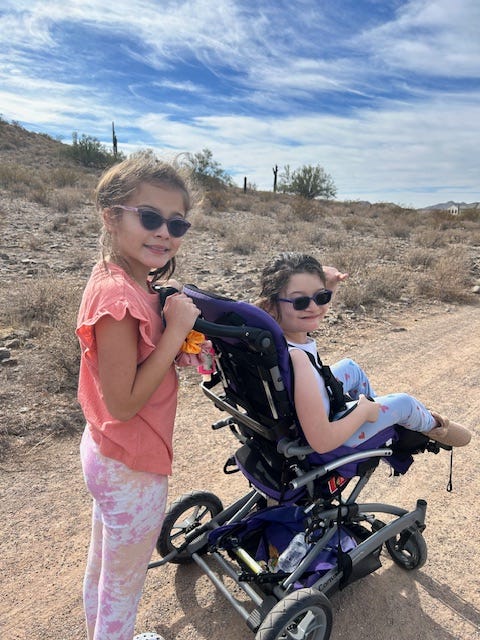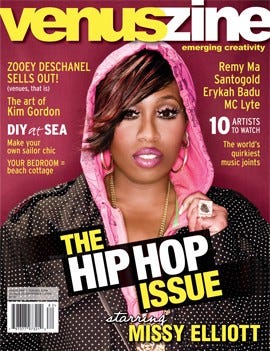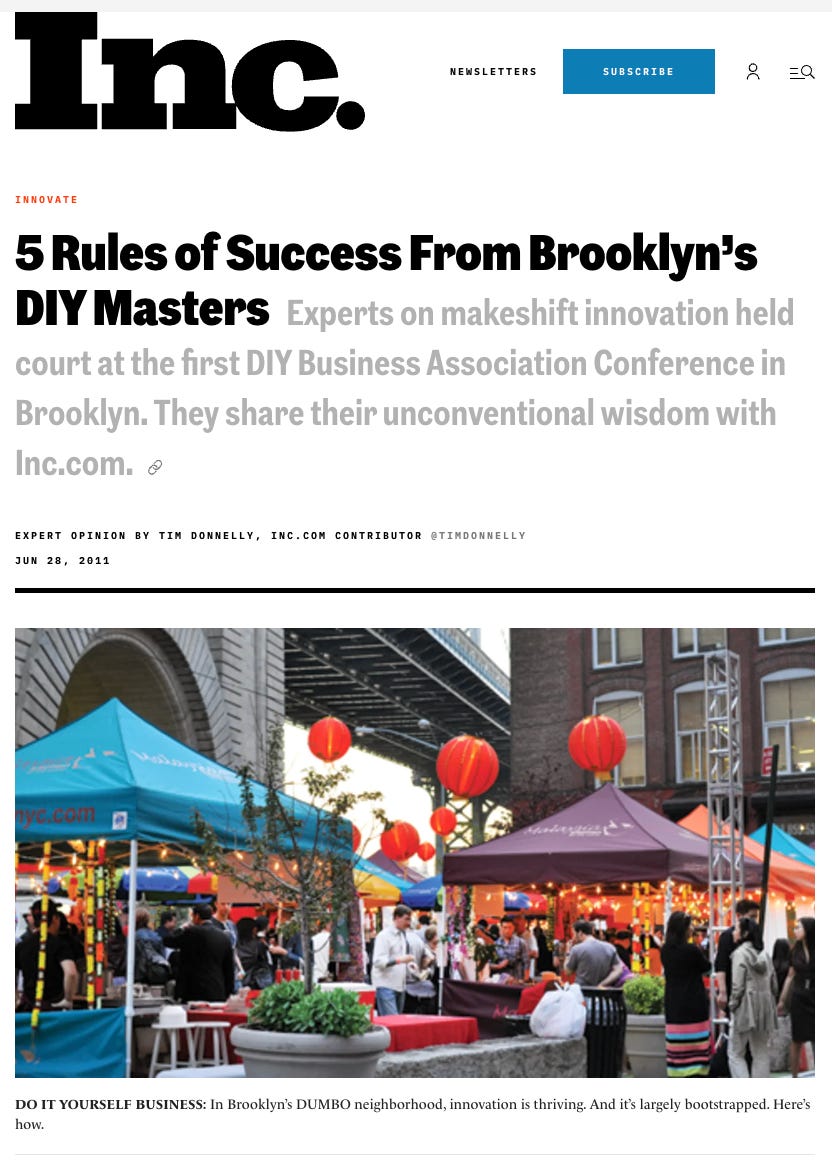What Linkedin doesn’t say about Amy Cuevas Schroeder, founder of The Midst
"By day, I work full time in tech. By night, I'm a serial contentpreneur building a community for women 35+. I'm also raising twins, one with special needs."
Happy freaking 2025, GALs! I am so excited to ring in the new year with you.
We’re kicking things off with this new pilot series: What Linkedin Doesn’t Say, in which women 35+ share honest depictions of their professional lives. The goal is to look back on our careers to date, identify patterns, and get to the heart of what we really want — revolution GAL-style now.
So without further ado, here’s an interview I did with myself. Do I have it all figured out? Oh, hell no. That’s why I’m being transparent with you — maybe by writing this, you’ll help me figure out my future. :) — Amy
Age: 48
File under: Double day; entrepreneurial tendencies; tech; women’s health
I’m in the midst of: Working full time as a content strategist in tech while bootstrapping The Midst, this here independent platform empowering women 35+ to live healthy, inspired lives on their terms. I lead a team of five remote folks plus freelancers.
Location: Phoenix, Arizona, for two years
Previous locations: Chicago suburbs; Brooklyn; Chicago; Bay Area
Relationship status: Happily married for 12 years with twin 9-year-olds, one with very special special needs
Partner’s age and profession: 51, psychotherapist, owner of Therapy for Creativity
My income: North of $150K per year
Expenses in a nutshell: We live pretty lean for a family of four. I shop for deals and keep a close watch on our expenses. More than half of my day-job income covers bills for The Midst. I do not pay myself for my work at The Midst, but hopefully that will change as we grow! In the meantime, I’m proud to say that The Midst has no debt and I own the company 100%.
Primary personal debts: Mortgage, loans on two cars
Retirement savings as of December 2024: $190K in 401K
How much my career is tied to my identity: ~80%
My happiness meter: Depends on the day, but my average is about 7.5 out of 10.
Work remotely or onsite? Thank goodness for remote work. I’ve worked remotely for nine years and am always eager to travel for offsites or to company headquarters. A full-time onsite job would be difficult — mainly because my day jobs tend to be for tech companies that are based in San Francisco or New York, which are expensive cities. My husband and I tried relocating with our kids to these cities, but it’s very hard to line up everything for everyone: close proximity to the office, solid public schools for my regular-ed daughter, and a special school for kids with severe special needs for my other daughter.
A typical weekday schedule in a nutshell
Drive daughter to school
Usually work between 7 am–5:30 pm Monday through Friday, primarily at my day job and secondarily on The Midst
Pick up daughter from school in the afternoon
Dinnertime with the fam
Evening walk with my dog, Luna
Reading before bed
Ideal schedule: Ideally, I’d work about 20 hours per week, and I’d set my own hours. I don’t want to stop working completely (I’d be bored AF); I just want less pressure to work a “double day.” Also, when I’m inspired and in flow, I naturally want to “work” as many hours as necessary.
My career trajectory: You can take the GAL out of entrepreneurship but you can’t take entrepreneurship out of the GAL. I’ve always teetered between running my own small business and full-time work. I started a scrappy fanzine called Venus in my college dorm room at age 19 with a budget of next to nothing and scaled it to an internationally distributed magazine before selling the company in 2006. But not for a lot of money. :)

After being my own boss from an early age, I was eager to work for others, at larger companies. In 2009, I moved from Chicago to New York and started over during the economic downturn — at a time when print journalism was going downhill. That was a challenging time, but ultimately a pivotal learning experience for me. I wrote a thing about it here.
Looking back, I have a pretty intense work ethic with a bit of a risktaker streak. I wanted to start working as soon as I could, so I started by babysitting at 11 and volunteering at a hospital at 13. As soon as I hit the legal age to work at 14, I got a job at an ice cream shop in Michigan, raking in $3.65 an hour. In high school, I started a business making jewelry and sold my handmade beaded necklaces at school and craft fairs.
My superpower: I specialize in creating high-performing content strategies for brands. I love the process of figuring out what makes an audience tick and the kinds of content that keep them coming back for more.
Available for: Content strategy consulting. View my portfolio here.
Menopause journey: I’ve been in perimenopause for about eight years. I still get my period, so I’m guessing I’ve got another year or two of peri to go.
Healthy habits:
Primarily vegetarian diet
I eat a lot of almonds and frozen berries, and drink a lot of water.
In my mid-40s, I cut way back on drinking red wine and switched regular coffee to half-caff with Stevia.
I get a lot of sleep thanks to the help of Trazodone (prescribed by perimenopause specialist at Northwestern University Center for Sexual Medicine and Menopause).
I walk at least one mile per day and am lucky to live in one of the sunniest places in North America.
Bad habits: Processed foods, microwave popcorn
Career history in a nutshell
2006: Sold my magazine, Venus, at age 30
I continued to work as editor in chief for the new owners for about two years. I also worked in the evenings as a journalism instructor for Columbia College in Chicago.
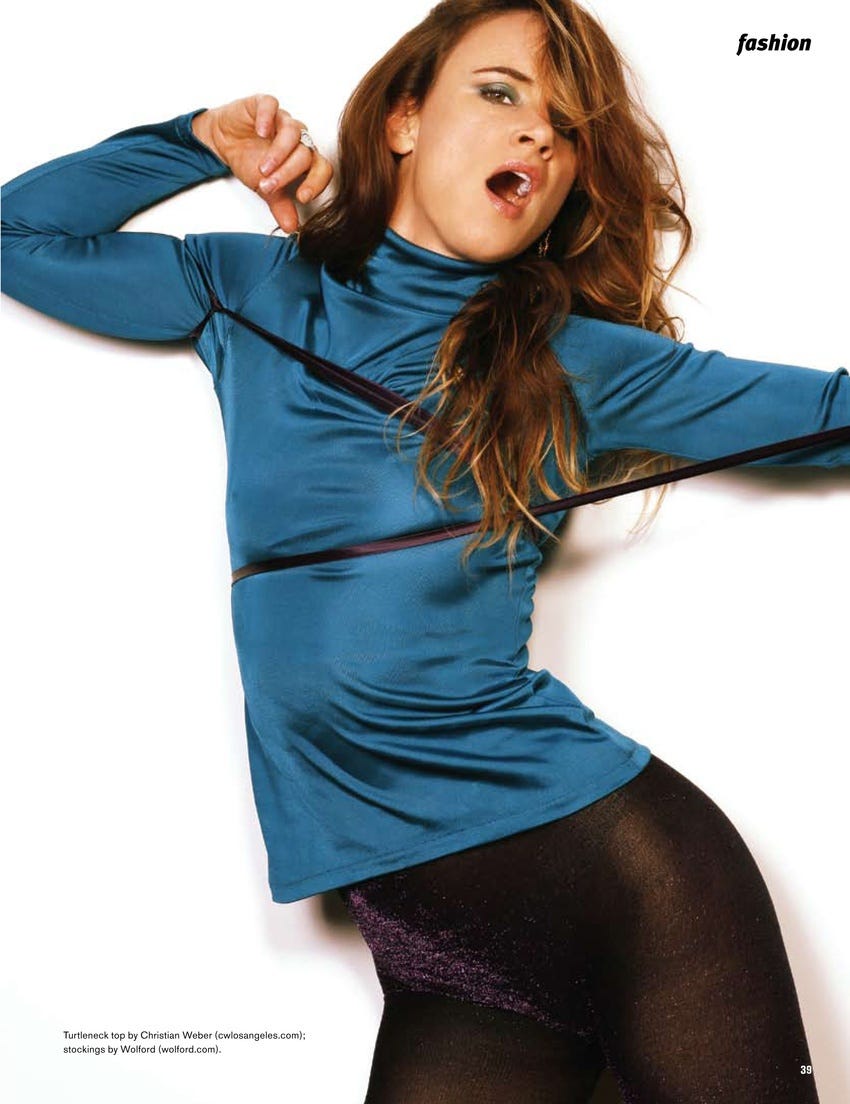
Why I left: After a couple of pretty happy years, I had a falling out with the new owners of Venus. Oh, the drama.
Per the owners’ request, I gave them six months notice of my departure and recommended my replacement, an editor I’d hired about a year earlier. The owners decided to boot me out early, right as the economy was crashing. My attorney warned me this might happen.
Moral of the story? Don’t give your boss six months notice. :) It was painful at the time, but let’s just say that it propelled me forward into a new career path. And I learned a shit-ton as an early entrepreneur — especially what not to do.
2008: Freelancing for NYLON, Time Out Chicago, etc. + substitute teaching in NYC Public Schools
I moved from Chicago to New York to start over and search for a full-time job. To supplement freelancing, I tried my hand at substitute teaching. I thought I’d experiment with substitute teaching as a way to figure out whether I should get a master’s in education. I quickly learned I am not cut out to be a substitute teacher — I was peed on by a kindergartner and also had many paper airplanes thrown at my head in a Harlem high school bio class.
Key takeaway: Learn by doing.
2009–2011: Content and community for HarperCollins and Girl Scouts of the USA
After struggling to find a full-time job for months, I finally landed two jobs and decided to take both. I worked onsite at GSUSA, but only 35 hours per week. In the evenings and on my lunch break, I worked remotely for HarperCollins on an online startup project called inkpop.
Why I left: One bully coworker at HarperCollins (everyone else was great) and an emotionally troubled (though, extremely talented and brilliant) manager at Girl Scouts. I went to HR to ask for help and they eventually pressured me into resigning. Key takeaway? HR will probably not be on your side. The good part? Everyone else at Girl Scouts was pretty top-notch; I made great friends and keep in touch with them today.
2011–2013: Founded DIY Business Association and freelance copywriting for Levi’s and West Elm
Toward the end of my time at Girls Scouts, I got the entrepreneurial itch again and started DIY Business Association to empower solopreneurs. Our mission at DIY Business Association was to empower and connect solopreneurs. We organized a series of events and hosted inspiring speakers.
Freelancing as a copywriter was another great skill-building opportunity.
Why I left: Through the DIY Business Association, I partnered with Etsy and that connection turned into a full-time job. I was excited to work for such a cool and fast-growing startup.
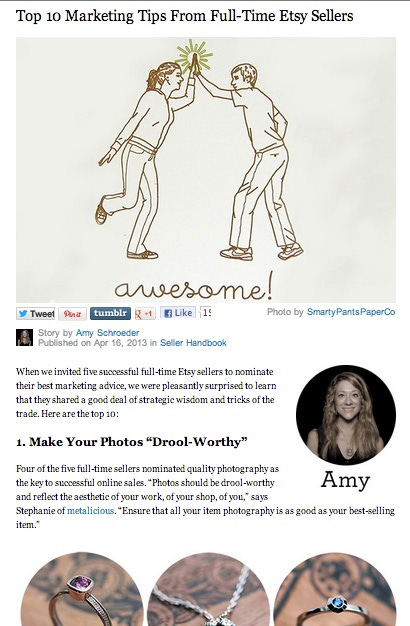
2012–2013: First content manager for Etsy’s Seller Development team
The people and culture were absolutely fantastic and full of positive energy, and I loved writing for and about Etsy sellers. Plus, I could take my dog to work! Engineers developed a system that communicated “you’ve got poop!” if your dog went No. 2 in the office. Hands down, working for Etsy during its somewhat early days was one of my most impactful professional experiences.
Why I left: Cool boss turns mean, and low pay. I later learned that coworkers dealt with similar issues, and my manager was asked to leave. In retrospect, I wish I’d stayed at Etsy longer! My equity today would have been valuable. I was naive about the equity process, though, and screwed that up.
Then I was recruited by an agency for a better-paying opportunity, which was critical at the time because I was a newlywed and supporting my husband while he was in college.
Keep reading with a 7-day free trial
Subscribe to The Midst to keep reading this post and get 7 days of free access to the full post archives.






